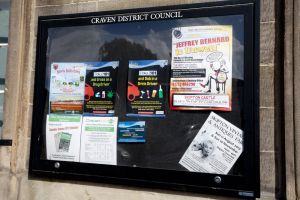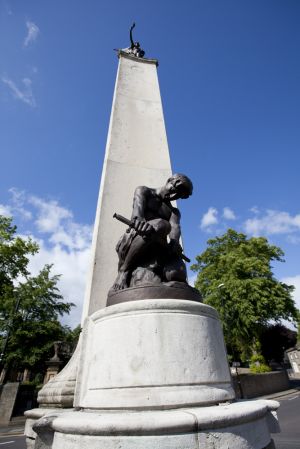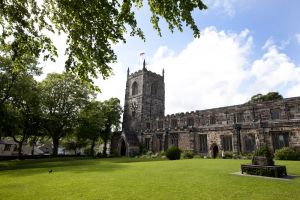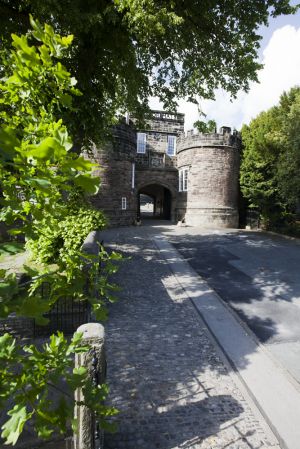Skipton Castle was built in 1090 as a wooden motte-and-bailey by Robert de Romille, aNorman baron. In the 12th century William le Gros strengthened it with a stone keep to repel attacks from the Kingdom of Scotland to the north,[citation needed]: the castle elevated Skipton from a poor dependent village to a burgh administered by a reeve. The protection offered by Skipton Castle during the Middle Ages encouraged the urbanisation of the surrounding area, and during times of war and disorder the town attracted an influx of families. It is now one of the most complete and best preserved medieval castles in England and is open to the public.
Skipton became a prosperous market town, trading sheep and woollen goods: its name derives from the Old English sceap (sheep) andtun (town or village).[3] A market stemming from its formative years still survives. In the 19th century, Skipton emerged as a small mill townconnected to the major cities by the Leeds and Liverpool Canal and its branch Thanet Canal, (known locally as ‘Springs branch canal’), but during the 20th century Skipton’s economy shifted to tourism, aided by its historic architecture and proximity to the Yorkshire Dales. Since 1974, Skipton has been the seat of Craven District Council. The Skipton Building Society was founded in the town.
https://en.wikipedia.org/wiki/Skipton
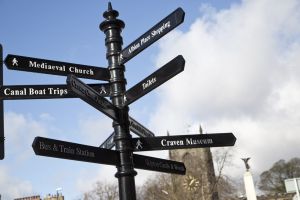
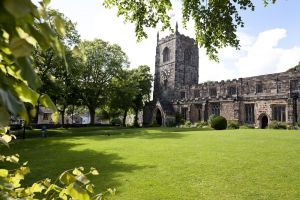

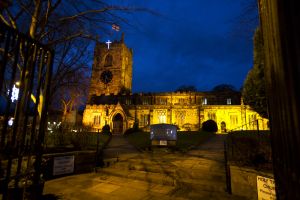
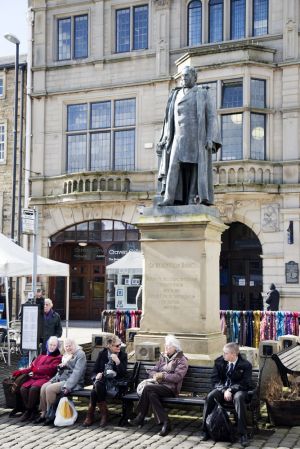
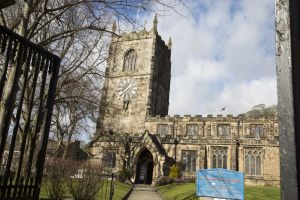
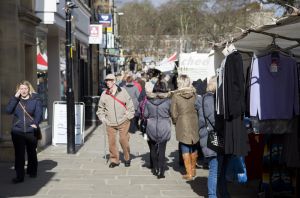
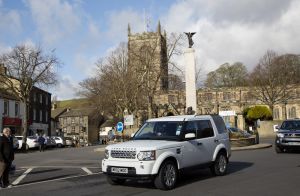
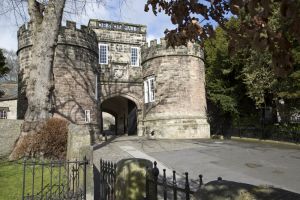

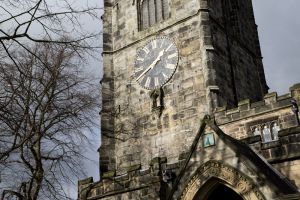
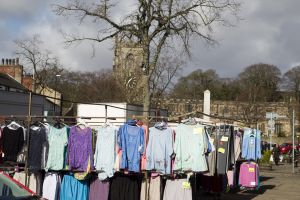
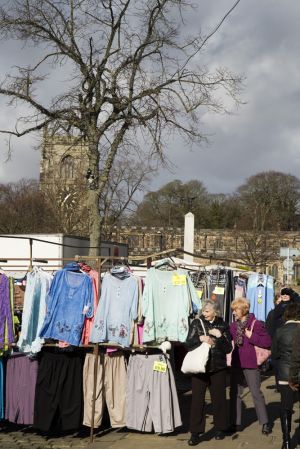
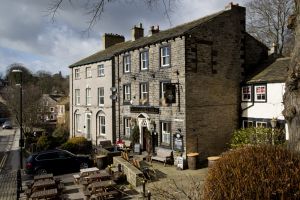
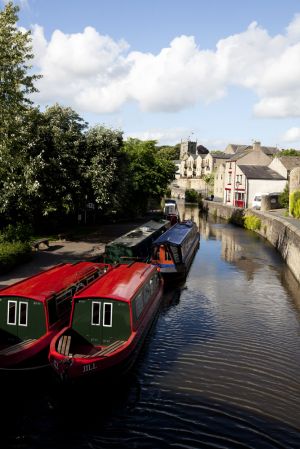
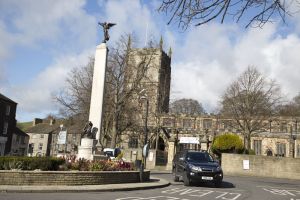
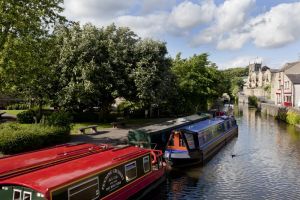
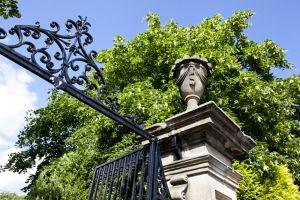
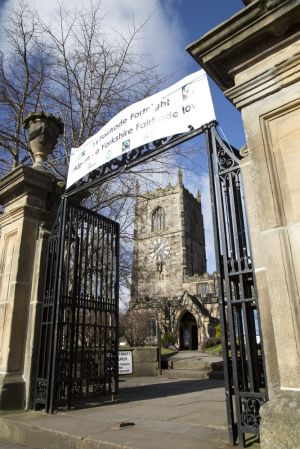
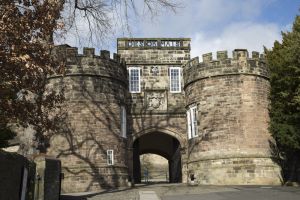
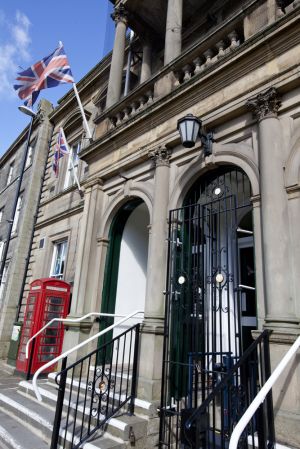
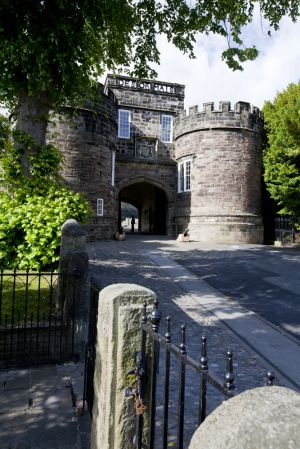
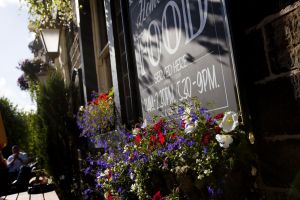


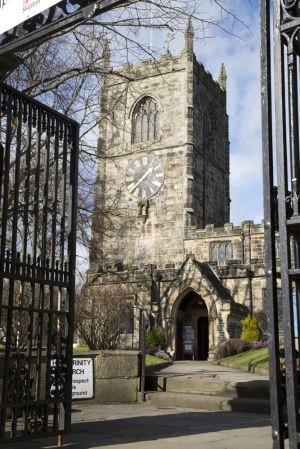
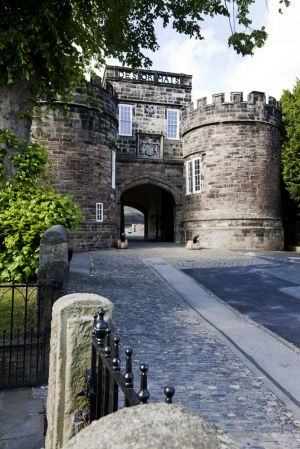
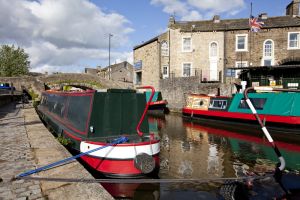
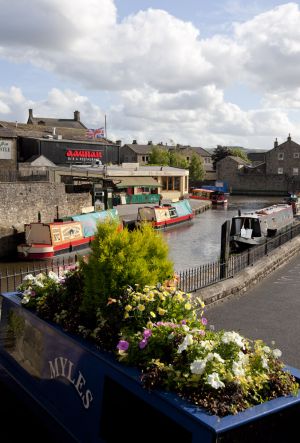
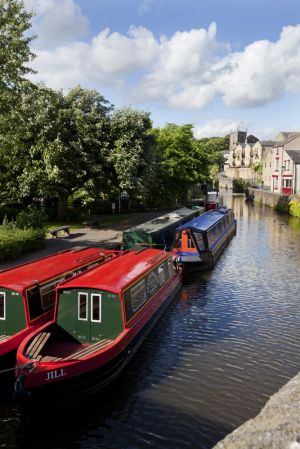
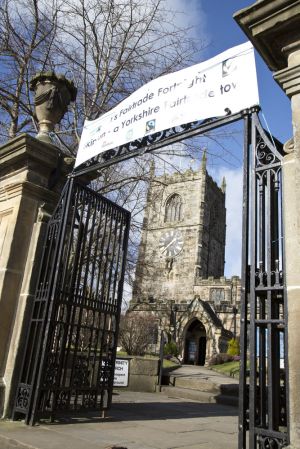
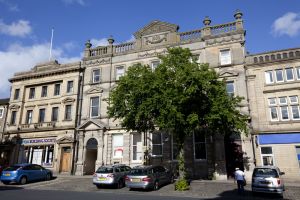
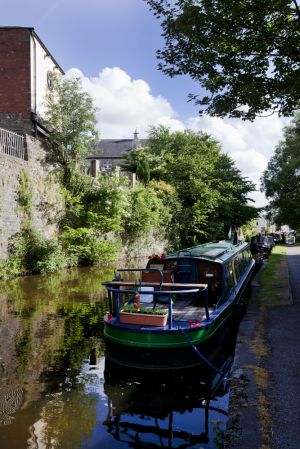
.jpg)
